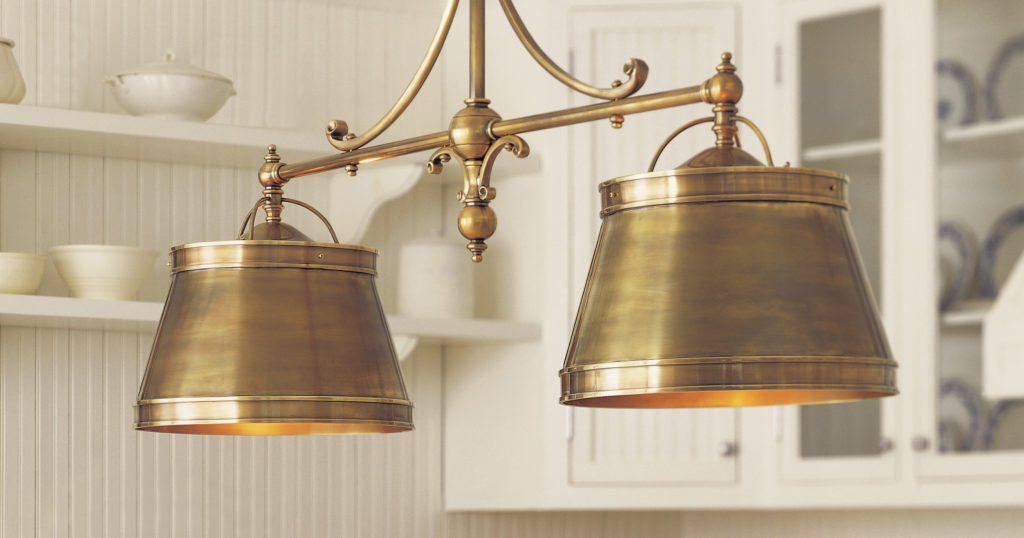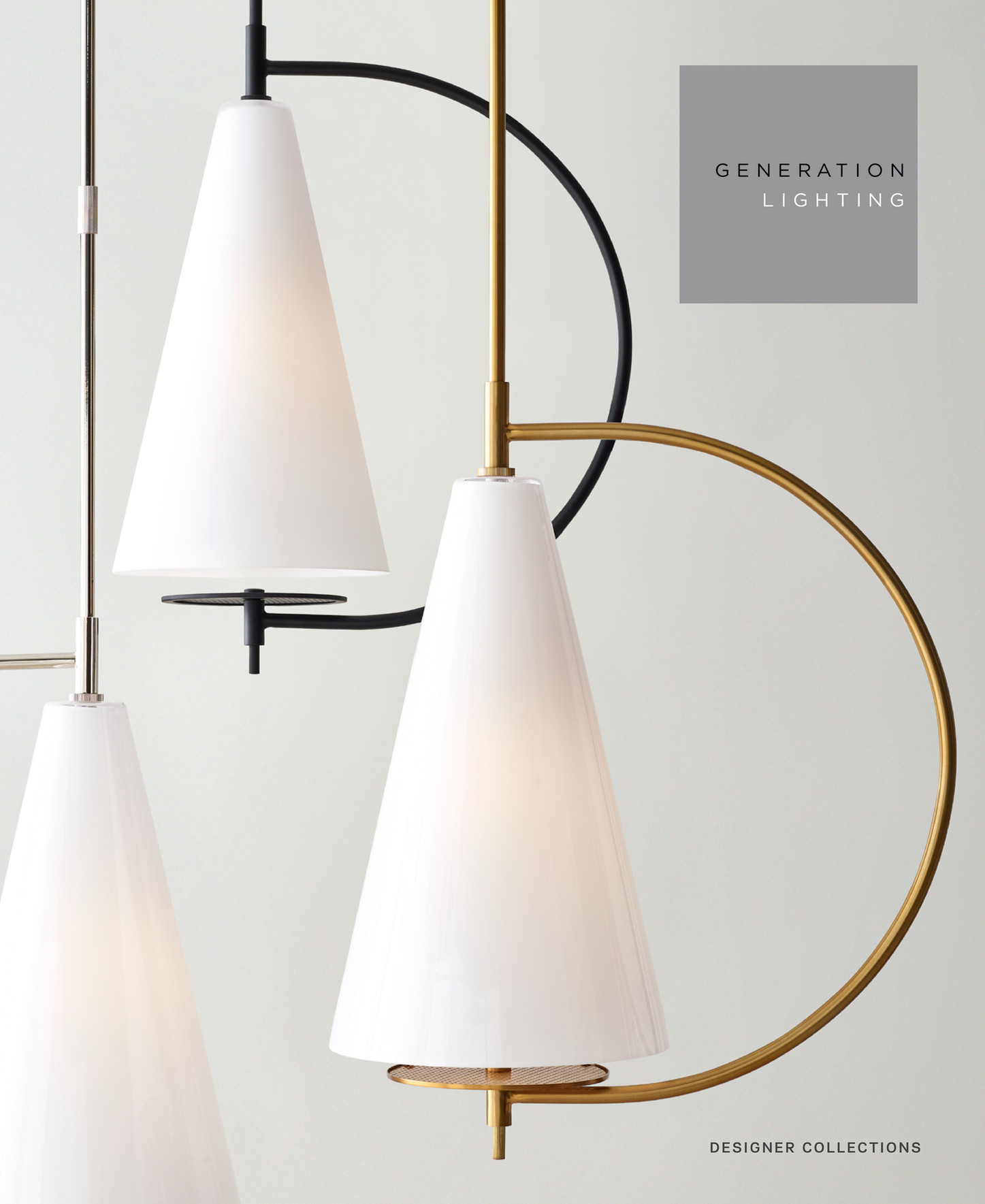Ever noticed how some lights make you feel all cozy and relaxed, while others leave you squinting like you're staring into the sun? That's where visual comfort lighting comes in, my friend. It's not just about brightening up a room—it's about creating an atmosphere that's easy on the eyes and good for your well-being. In this fast-paced world, finding the right lighting can be a game-changer for your comfort and health.
Now, you might be wondering, "What exactly is this visual comfort lighting thing?" Well, buckle up because we're diving deep into the science of light and how it affects our lives. Think of it as the difference between a warm summer sunset and those harsh office fluorescents that make you wanna crawl under your desk.
So why should you care? Because good lighting isn't just about aesthetics—it's about creating spaces that support your mental and physical health. From your living room to your workspace, the right kind of light can transform your environment and make you feel like a million bucks.
Read also:Unlock The Secrets Of Ugrave129oslashsectoslashmiddotugravehellipugravedagger Ugravehellipugravedaggerugravebdquooslashumloslashsectugravedagger Your Ultimate Guide
What is Visual Comfort Lighting Anyway?
Alright, let's break it down. Visual comfort lighting is all about balancing brightness, warmth, and glare control to create spaces that feel welcoming and easy on the eyes. It's not just about how much light you have but also about the quality of that light. You know those moments when you're sitting in a café with soft, golden lighting, and everything just feels right? That's visual comfort lighting at work.
Here are a few key things to keep in mind:
- It reduces eye strain so you don't end up with headaches after a long day.
- It enhances the mood of a room, making it feel more inviting.
- It promotes better sleep by mimicking natural daylight patterns.
And hey, who doesn't want a space that feels like a warm hug? That's what visual comfort lighting is all about—creating environments that feel good and function well.
Why Does Visual Comfort Lighting Matter?
Let's get real for a sec. Poor lighting can mess you up in ways you might not even realize. Think about it: have you ever spent hours under those cold, blue office lights and felt like your brain was turning to mush? Or maybe you've tried to relax at home under harsh ceiling lights and ended up feeling more stressed than chilled?
Visual comfort lighting matters because it addresses these issues head-on. It's about creating spaces that support your health and happiness. Whether you're working, studying, or just hanging out, the right lighting can make a huge difference in how you feel and perform.
Impact on Mental Health
Here's the deal: lighting has a direct impact on your mental state. Bright, unnatural light can make you feel anxious and tense, while soft, warm lighting can help you unwind. Studies show that exposure to the right kind of light can reduce stress and improve mood. So if you're looking to boost your mental well-being, tweaking your lighting might be the answer.
Read also:Beer Garden Monteverde Your Ultimate Guide To The Best Spot In Town
Physical Health Benefits
But it's not just about feeling zen. Visual comfort lighting also plays a role in your physical health. For one, it reduces eye strain, which is a big deal if you spend most of your day staring at screens. Plus, it helps regulate your circadian rhythm, which is your body's internal clock. By mimicking natural daylight patterns, visual comfort lighting can help you sleep better and feel more energized during the day.
How to Achieve Visual Comfort Lighting
Now that we've talked about why it's important, let's dive into how you can achieve visual comfort lighting in your own space. It's not as complicated as it sounds, I promise. With a few simple tweaks, you can transform any room into a haven of soft, inviting light.
Start with the Right Bulbs
First things first: choose the right bulbs. Look for LED bulbs with a warm color temperature, around 2700K to 3000K. These mimic the cozy glow of natural light and are way easier on the eyes than those cold, blue-toned bulbs. Plus, they're energy-efficient, so you're doing your part for the planet while upgrading your space.
Layer Your Lighting
Next up, layer your lighting. This means using a mix of overhead lights, table lamps, and floor lamps to create a balanced, inviting atmosphere. Think of it like building a playlist—different layers come together to create the perfect vibe. For example, use dimmable overhead lights for general illumination and add some task lighting for specific activities like reading or cooking.
Control the Glare
Glare is the enemy of visual comfort, so it's important to control it. Use lampshades or frosted bulbs to soften the light and reduce harsh shadows. You can also position your lights strategically to avoid direct glare on your eyes or screens.
Visual Comfort Lighting in Different Spaces
Now let's talk about how visual comfort lighting can work in different parts of your life. Whether you're designing a workspace, setting up a cozy living room, or creating the perfect bedroom sanctuary, the principles stay the same—but the details might vary.
Office Lighting
In the office, visual comfort lighting is all about balance. You need enough light to see what you're doing, but not so much that it strains your eyes. Opt for task lighting near your desk and use dimmers to adjust the brightness throughout the day. And don't forget to position your lights so they don't create glare on your computer screen.
Living Room Lighting
Your living room is where you relax and unwind, so the lighting should reflect that. Go for warm, soft lighting with lots of layers. Think table lamps, floor lamps, and even string lights for a cozy vibe. And if you're a movie buff, consider installing blackout curtains to create a theater-like experience.
Bedroom Lighting
In the bedroom, visual comfort lighting is all about promoting restful sleep. Use warm, dimmable lights that mimic the sunset to help your body wind down at night. Avoid bright, blue-toned lights that can disrupt your circadian rhythm and keep you awake longer than you'd like.
Common Mistakes to Avoid
Even with the best intentions, it's easy to make mistakes when it comes to visual comfort lighting. Here are a few common ones to watch out for:
- Using too many bright, harsh lights in one space.
- Forgetting to layer your lighting for depth and dimension.
- Not considering the color temperature of your bulbs.
By avoiding these pitfalls, you can create spaces that truly support your visual comfort and well-being.
Expert Tips for Visual Comfort Lighting
Alright, here's where we bring in the pros. If you're serious about achieving visual comfort lighting, these expert tips will take you to the next level:
Invest in Smart Lighting
Smart lighting systems let you control the brightness, color, and schedule of your lights with just a tap on your phone. This makes it super easy to adjust your lighting throughout the day and create the perfect ambiance for any activity.
Use Natural Light Whenever Possible
There's no substitute for good old-fashioned sunlight. Whenever you can, open up those curtains and let the natural light flood in. It's great for your mood, your health, and your energy bill.
Visual Comfort Lighting for Specific Needs
Not everyone's lighting needs are the same. Whether you're designing for seniors, kids, or people with visual impairments, there are specific considerations to keep in mind.
Lighting for Seniors
As we age, our eyes become more sensitive to glare and changes in lighting. For seniors, it's important to use soft, even lighting that reduces shadows and glare. Task lighting is also crucial for activities like reading or cooking.
Lighting for Kids
Kids' rooms need lighting that supports both play and rest. Use bright, cheerful lights during the day and switch to softer, warmer lights at night to help them wind down.
Final Thoughts: Why Visual Comfort Lighting is Worth It
So there you have it, folks. Visual comfort lighting isn't just a trend—it's a necessity for anyone looking to create spaces that feel good and function well. By choosing the right bulbs, layering your lighting, and controlling glare, you can transform any room into a haven of soft, inviting light.
Now it's your turn. Take a look around your space and see where you can make some changes. Whether it's swapping out a few bulbs or investing in smart lighting, every little bit helps. And remember, good lighting isn't just about what you see—it's about how it makes you feel.
So go ahead, give your space the glow-up it deserves. Your eyes—and your mood—will thank you for it. And if you've got any questions or tips of your own, drop a comment below. Let's keep the conversation going!
Table of Contents
- What is Visual Comfort Lighting Anyway?
- Why Does Visual Comfort Lighting Matter?
- Impact on Mental Health
- Physical Health Benefits
- How to Achieve Visual Comfort Lighting
- Start with the Right Bulbs
- Layer Your Lighting
- Control the Glare
- Visual Comfort Lighting in Different Spaces
- Office Lighting
- Living Room Lighting
- Bedroom Lighting
- Common Mistakes to Avoid
- Expert Tips for Visual Comfort Lighting
- Invest in Smart Lighting
- Use Natural Light Whenever Possible
- Visual Comfort Lighting for Specific Needs
- Lighting for Seniors
- Lighting for Kids


